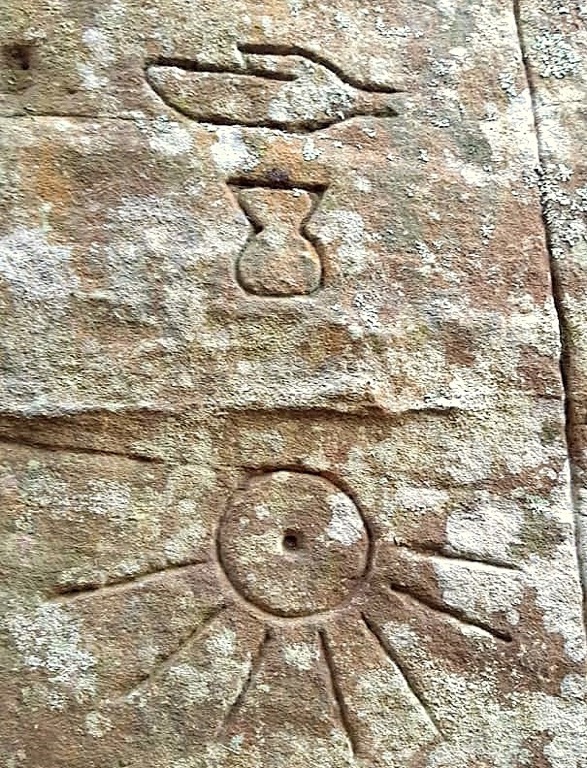The Gosford hieroglyphs, also known as the Kariong glyphs, are a group of approximately 300 engravings on two sandstone walls in the Brisbane Water National Park, Gosford, New South Wales, Australia. These engravings have sparked significant debate and interest since their discovery, with claims that they are ancient Egyptian hieroglyphs. However, most Egyptologists and archaeologists consider them to be modern forgeries. The glyphs are located near the town of Gosford, a region not known for any ancient Egyptian presence.
Get your dose of History via Email
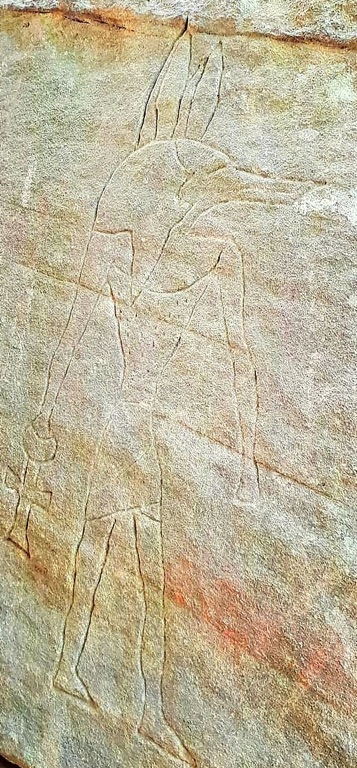
Historical Background of the Gosford Hieroglyphs
The Gosford hieroglyphs were first brought to public attention in the 1970s. They were discovered by a group of bushwalkers in the dense forests of the Brisbane Water National Park. The site quickly became a hotbed of speculation and mystery. The engravings resemble ancient Egyptian writing, which led to theories about their origin. However, there is no concrete evidence to support the presence of ancient Egyptians in Australia.
The creator of the Gosford hieroglyphs remains unknown. Some suggest they were carved by a soldier who had served in North Africa during World War II. Others believe they may be the work of a local artist or prankster. Despite the lack of clarity on their origin, the glyphs have not been linked to any significant historical events or later habitation.
While the site has not been the scene of historically important events, it has become a point of interest for tourists and pseudo-archaeologists. The glyphs have drawn people from around the world, intrigued by the possibility of an ancient Egyptian connection to Australia. However, experts have dismissed these claims due to the lack of corroborating evidence.
The academic consensus is that the Gosford hieroglyphs are a recent creation, dating back no more than a few decades. This conclusion is based on the style of the carvings, the freshness of the rock surfaces, and the presence of numerous errors in the hieroglyphs that would not have been made by ancient Egyptian scribes.
Despite the general agreement among scholars that the glyphs are not authentic ancient artifacts, they remain a cultural curiosity. They serve as a reminder of the human penchant for mystery and the allure of the unknown. The Gosford hieroglyphs continue to be a topic of discussion and debate among both the public and the academic community.
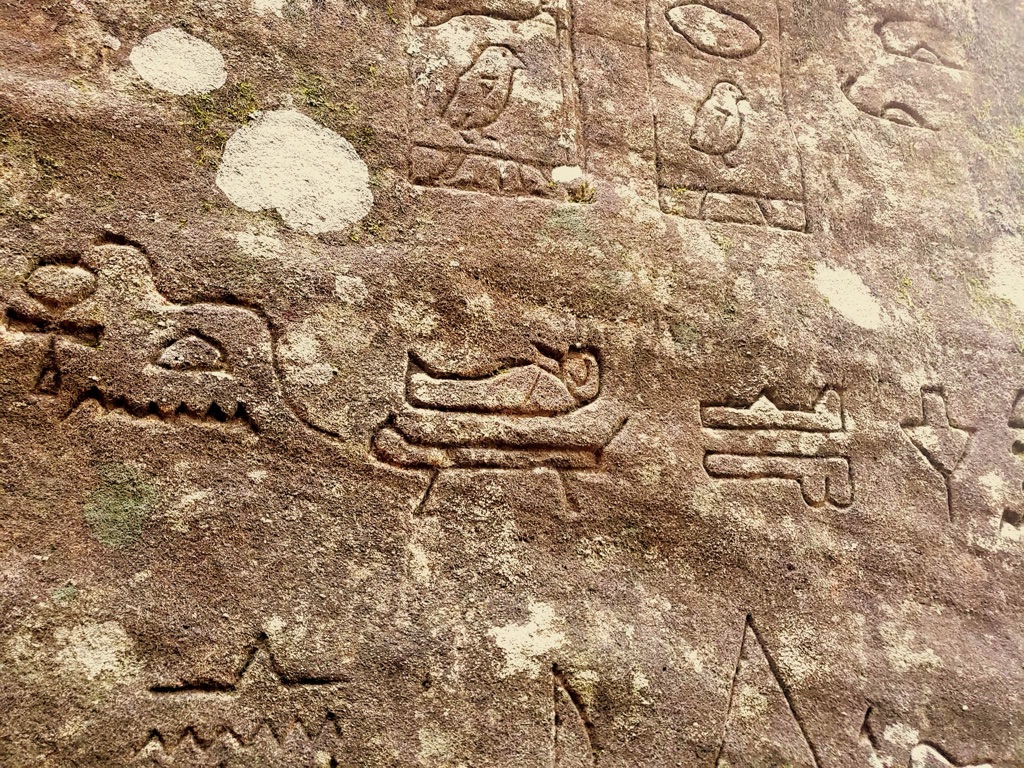
About the Gosford Hieroglyphs
The Gosford hieroglyphs are etched into two large sandstone walls, with the engravings covering an area of about 15 meters in length. The glyphs depict a variety of shapes and symbols that closely resemble ancient Egyptian hieroglyphs. The site consists of two main panels that are thought to contain several hundred individual glyphs.
The method of construction for the Gosford hieroglyphs appears to be simple chiseling into the sandstone. The sandstone’s softness would have made it relatively easy to carve the symbols. However, the freshness of the rock surfaces suggests that the carvings are not ancient. The glyphs lack the weathering and erosion that would be expected if they were truly old.
Architectural highlights of the site are minimal, as it is not an ancient structure but rather a set of carvings on a natural rock face. The glyphs are accessible to the public, and the area surrounding them has been somewhat modified to accommodate visitors, with paths leading to the engravings.
Despite the glyphs’ resemblance to ancient Egyptian writing, they contain numerous mistakes and anachronisms that betray their modern origin. For example, some of the symbols used are not consistent with any known ancient Egyptian script. Additionally, the layout and composition of the glyphs do not follow the rules and conventions used by ancient Egyptian scribes.
The site’s lack of any archaeological context or associated artifacts further supports the conclusion that the Gosford hieroglyphs are not of ancient origin. No other Egyptian artifacts or remains have been found in the vicinity, and there is no historical record of ancient Egyptian expeditions to Australia.
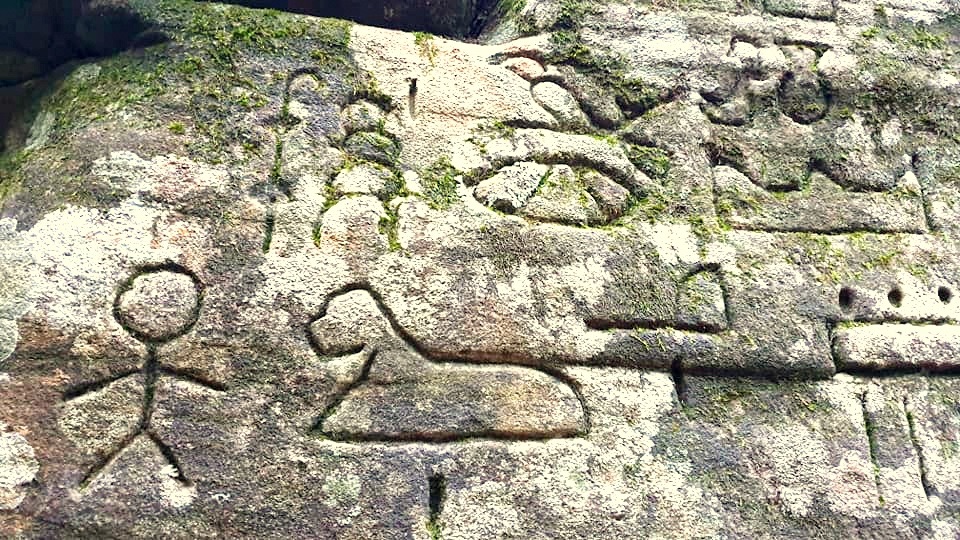
Theories and Interpretations
Several theories have been proposed regarding the Gosford hieroglyphs. The most sensational is the idea that they were left by ancient Egyptians who traveled to Australia. Proponents of this theory have suggested that the glyphs tell the story of an Egyptian expedition that became stranded or that they mark the burial site of an Egyptian noble.
However, these theories lack support from the academic community. Egyptologists have pointed out numerous errors in the glyphs that indicate they were not created by someone familiar with ancient Egyptian writing. For instance, some glyphs are mirror images of what they should be, and others are used in incorrect contexts.
Interpretations of the glyphs have varied widely, with some amateur researchers attempting to match them to known Egyptian stories or myths. However, these interpretations are speculative and not supported by credible historical or archaeological evidence.
Dating of the Gosford hieroglyphs has been a subject of debate. While no definitive dating has been done, the style and condition of the glyphs suggest they are relatively recent. The lack of erosion and the presence of modern tool marks support this conclusion.
Ultimately, the consensus among experts is that the Gosford hieroglyphs are a modern creation, possibly made in the mid-20th century. They are viewed as a curiosity rather than a genuine historical artifact, and their true purpose or meaning may never be known.
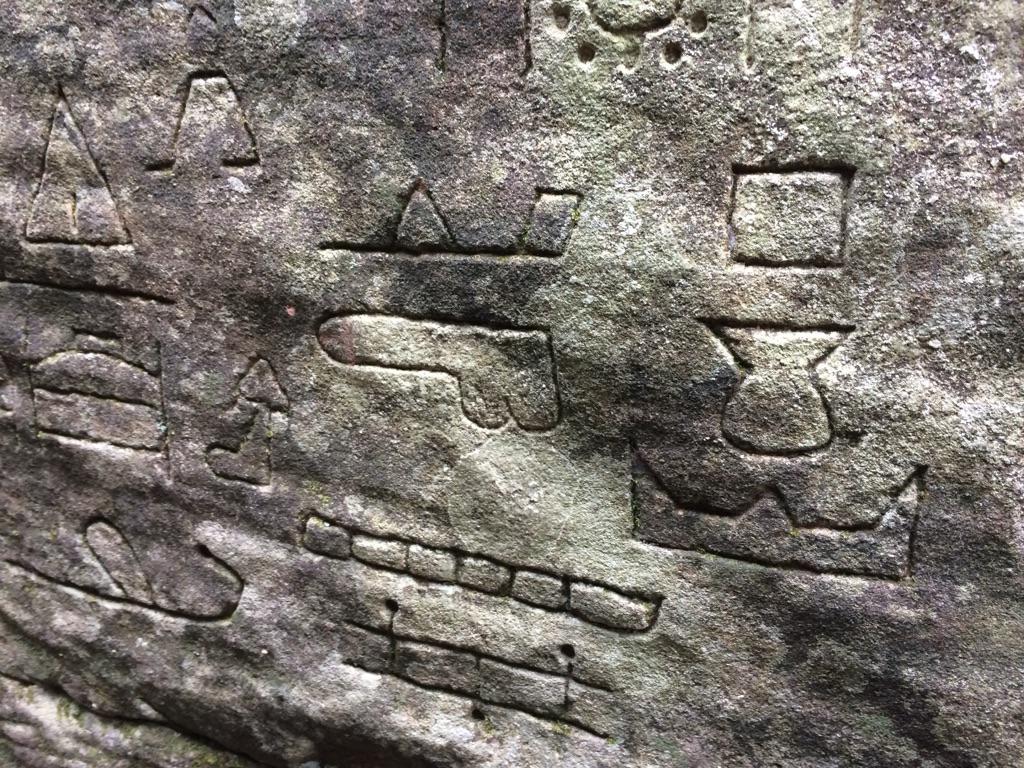
At a glance
- Country: Australia
- Civilization: Modern creation, falsely attributed to ancient Egypt
- Age: Likely mid-20th century

